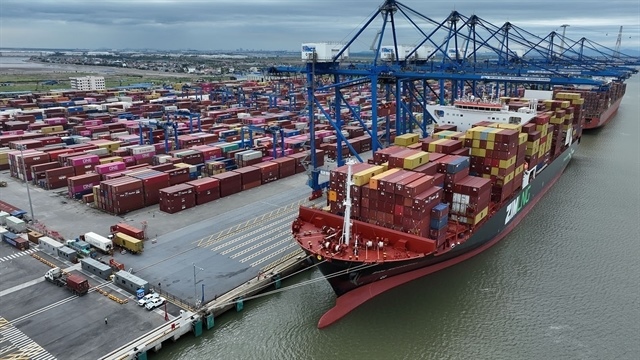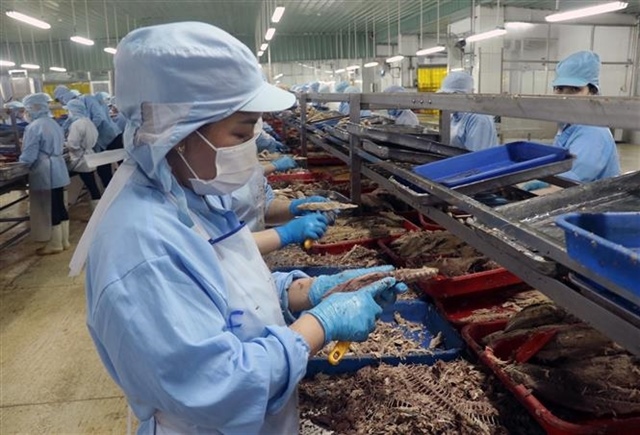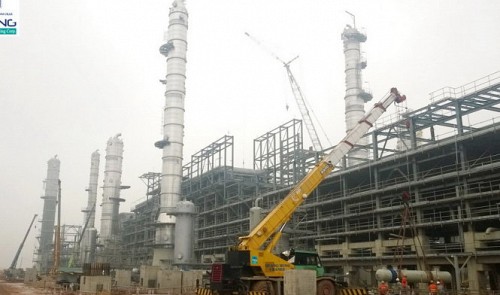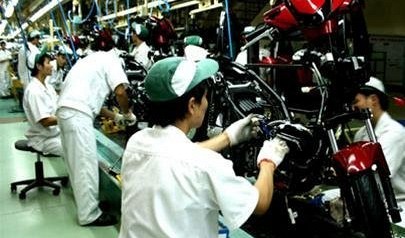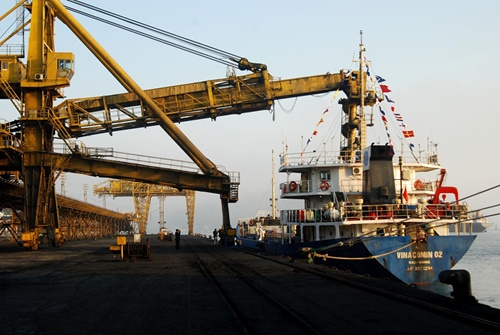VITAS calls for new garment sector strategy
VITAS calls for new garment sector strategy
The Viet Nam Textile and Garment Association (VITAS) has suggested the Government and related authorities review and adjust the development planning for the industry as the planning to 2010 with vision towards 2030 is obsolete.
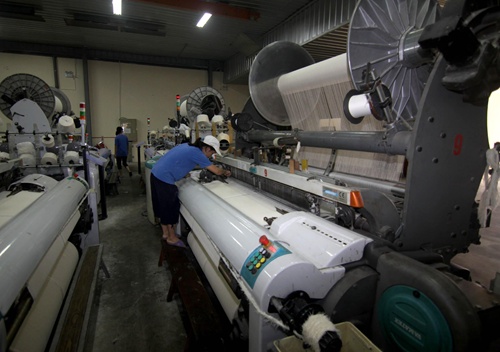
Under current planning, the industry's export value was targeted to reach US$20 billion by 2020, but the figure exceeded $27 billion in 2015 and is expected to hit $31 billion this year.
From 2010 to 2015, the industry had stable growth of export value of 15 per cent per year.
VITAS chairman Vu Duc Giang said "There is a big gap between what we achieved and what we planned."
Viet Nam's demographics – a population structure with more than double the number of working age than dependents – was advantageous for the expansion of the sector, so the Government should help the industry keep up with the country's integration and make use of the abundant resources, he said.
Deputy Minister of Industry and Trade Ho Thi Kim Thoa said that global textile and garment producers were moving production to areas with good labour forces and lower production costs.
Thoa endorsed VITAS' recommendation, saying that the industry should make changes to its planning as it was enjoying opportunities stemming from the country joining free trade agreements.
To help textile and garment firms take advantage of opportunities and overcome challenges brought by free trade agreements, VITAS suggested the Government update the sector development strategy that was approved by the then Prime Minister in 2008 and the Ministry of Industry and Trade in 2014.
The association proposed the Government create a development strategy to 2025 with a vision towards 2040.
It also asked the Government, the Ministry of Industry and Trade, and the Ministry of Planning and Investment to group textile and garment enterprises in concentrated industrial parks.
This issue was important for the industry's sustainability and the environmental protection, Giang said, adding that the concentration would facilitate the treatment of wastewater from the enterprises.
Currently, there are several textile and garment industrial zones in the northern provinces of Hung Yen, Thai Binh and Nam Dinh and the southern province of Dong Nai and Binh Duong, which cover a few hundred hectares each.
VITAS suggested the Government allow the establishment of textile and garment industrial zones with 500-1,000 ha to draw domestic and foreign capital.
Giang said that it was necessary to upgrade transportation infrastructure connecting the zones with logistics centres and ports.
On wastewater treatment, the VITAS chairman said that it was headache for the sector because building a wastewater treatment system was very costly.
He suggested the Government offer a preferential lending rate for enterprises which invested in wastewater treatment systems in the parks.
Giang also recommended the Government amend environment regulations applied to the sector.
Specifically, requiring a firm specialised in processing with more than 400 workers to build a wastewater treatment plant worth billions of dong was beyond its capability and a waste of money because processing companies did not discharge wastewater like dying ones.
Than Duc Viet, deputy general director of the Garment 10 Corporation, said most firms in the textile and garment industry were small- and medium-d enterprises with limited financial capacity, so they need support from the Government.
In China, India and Bangladesh which have a developed textile and garment sector, enterprises did not have to invest in wastewater treatment factories but the Government did, Viet said, adding that it would encourage investment in the sector.
Attracting investments in producing fabric and yarn, and dying would held address the shortage of materials supply to the sector, the CEO said.
Viet Nam's garment and textile exports in the first half of this year reached $12.6 billion, representing a 4.72 per cent year-on-year increase and accounting for 41 per cent of the sector's target for 2016.


